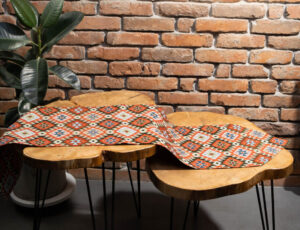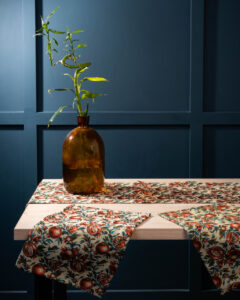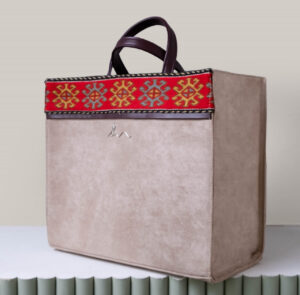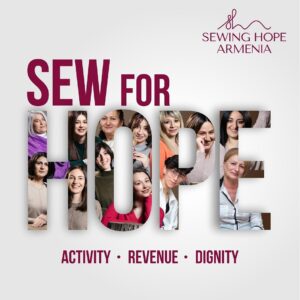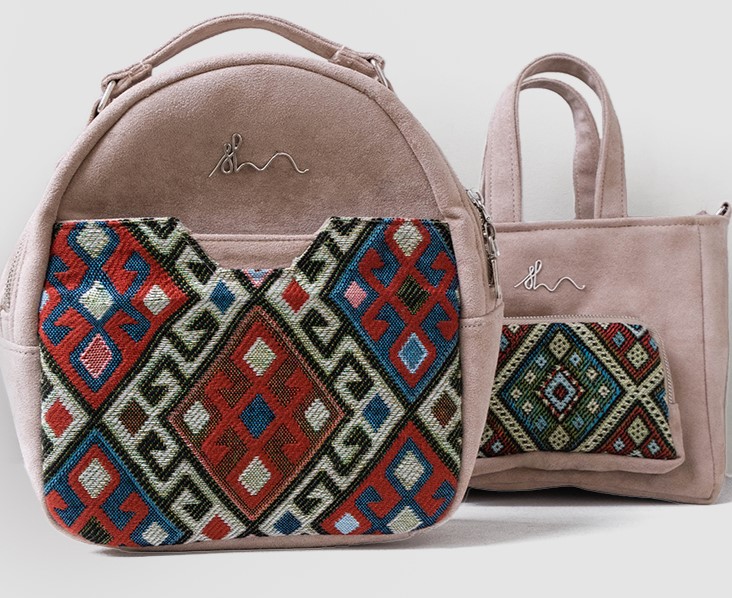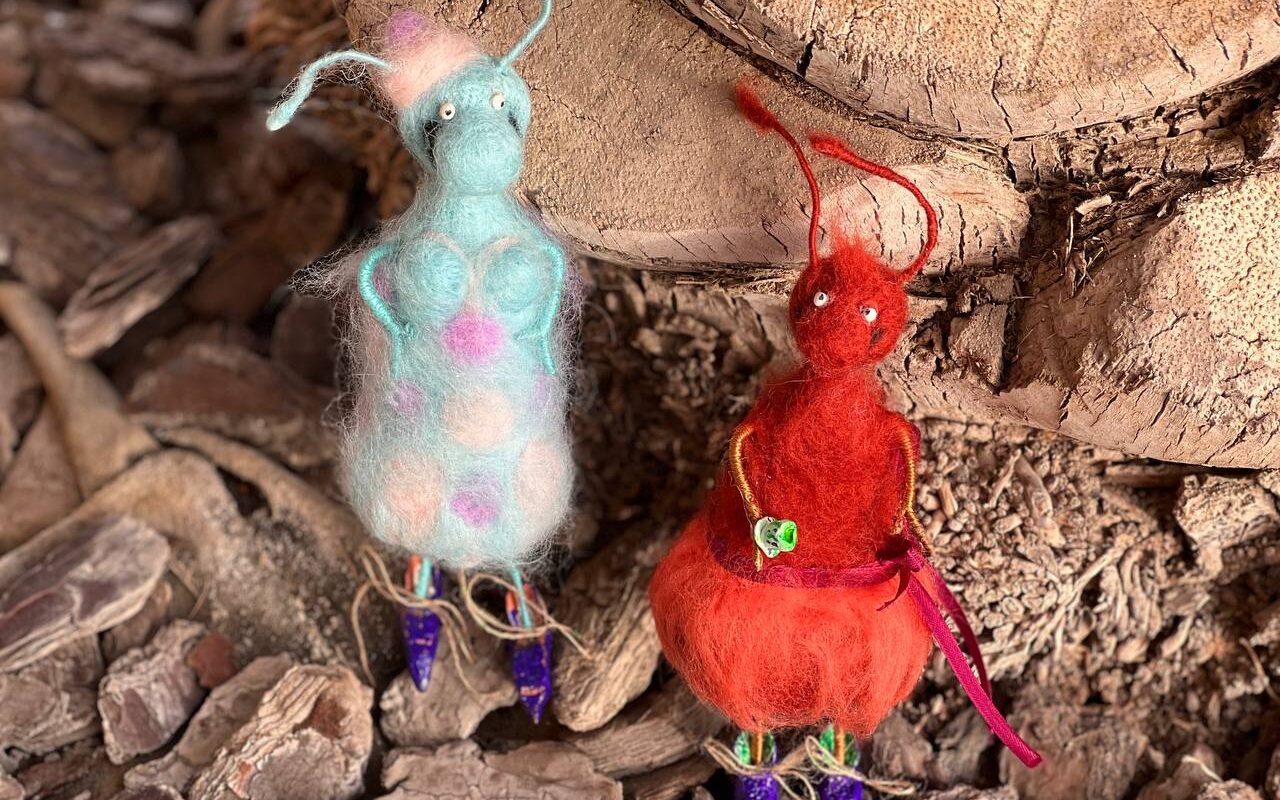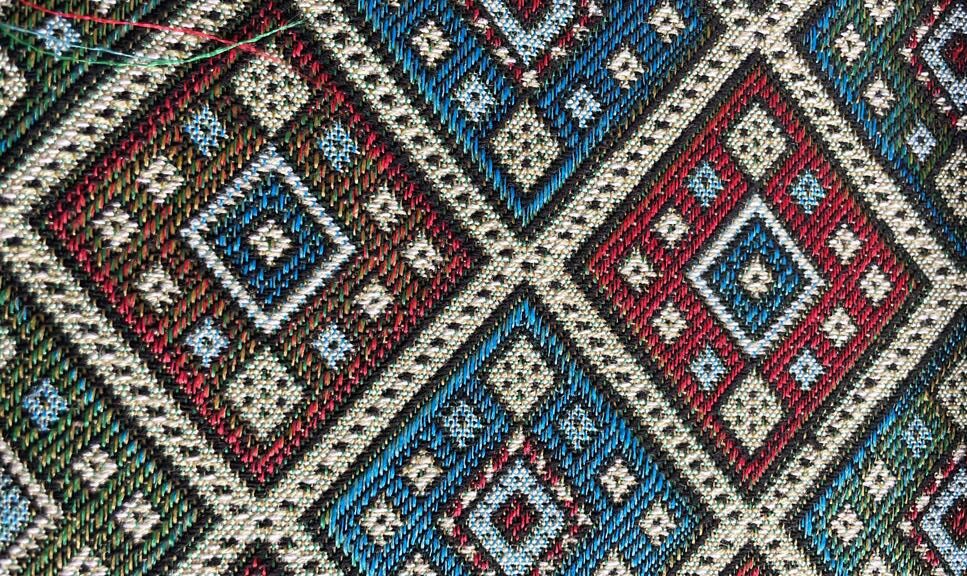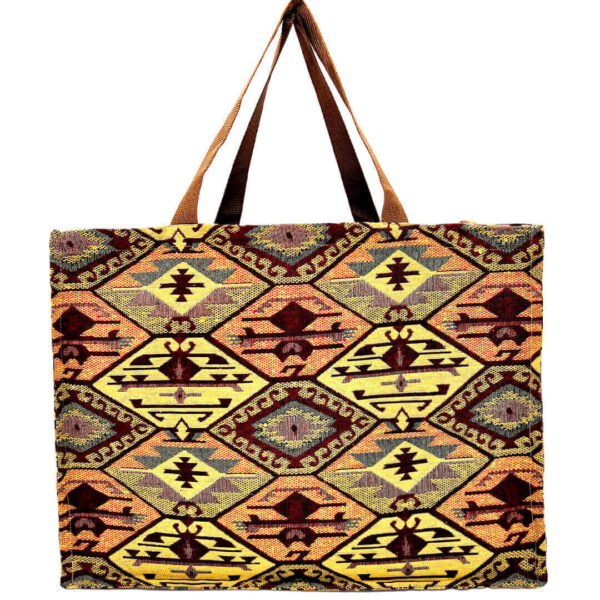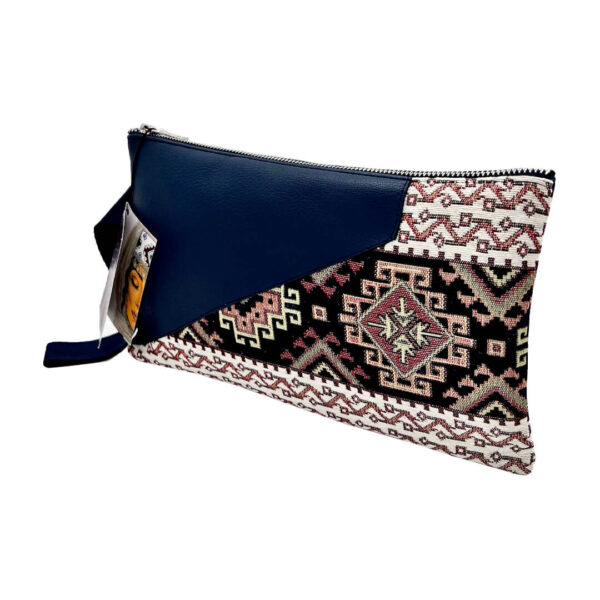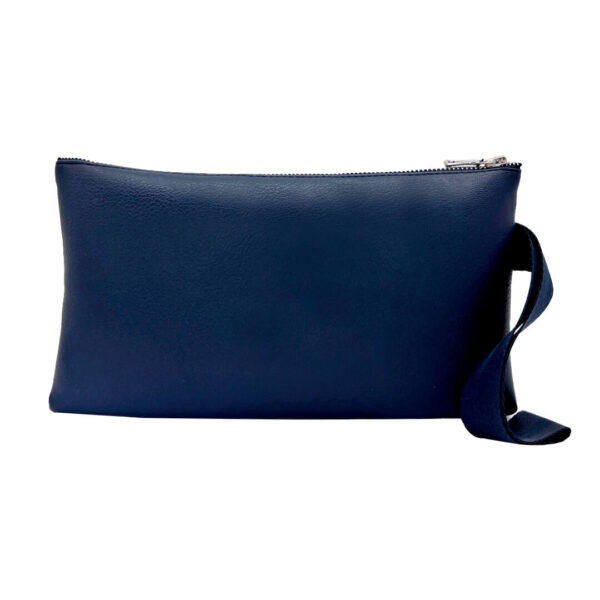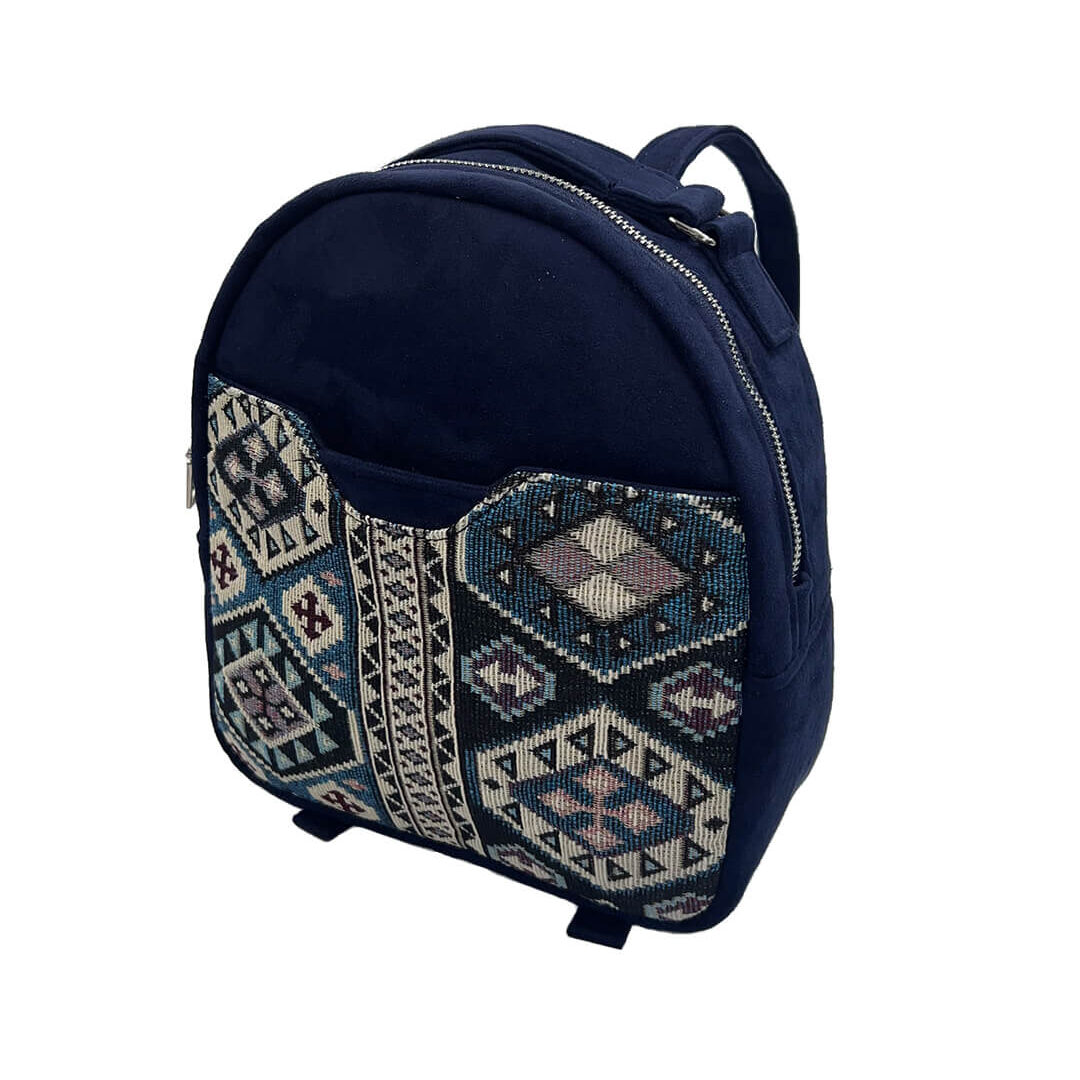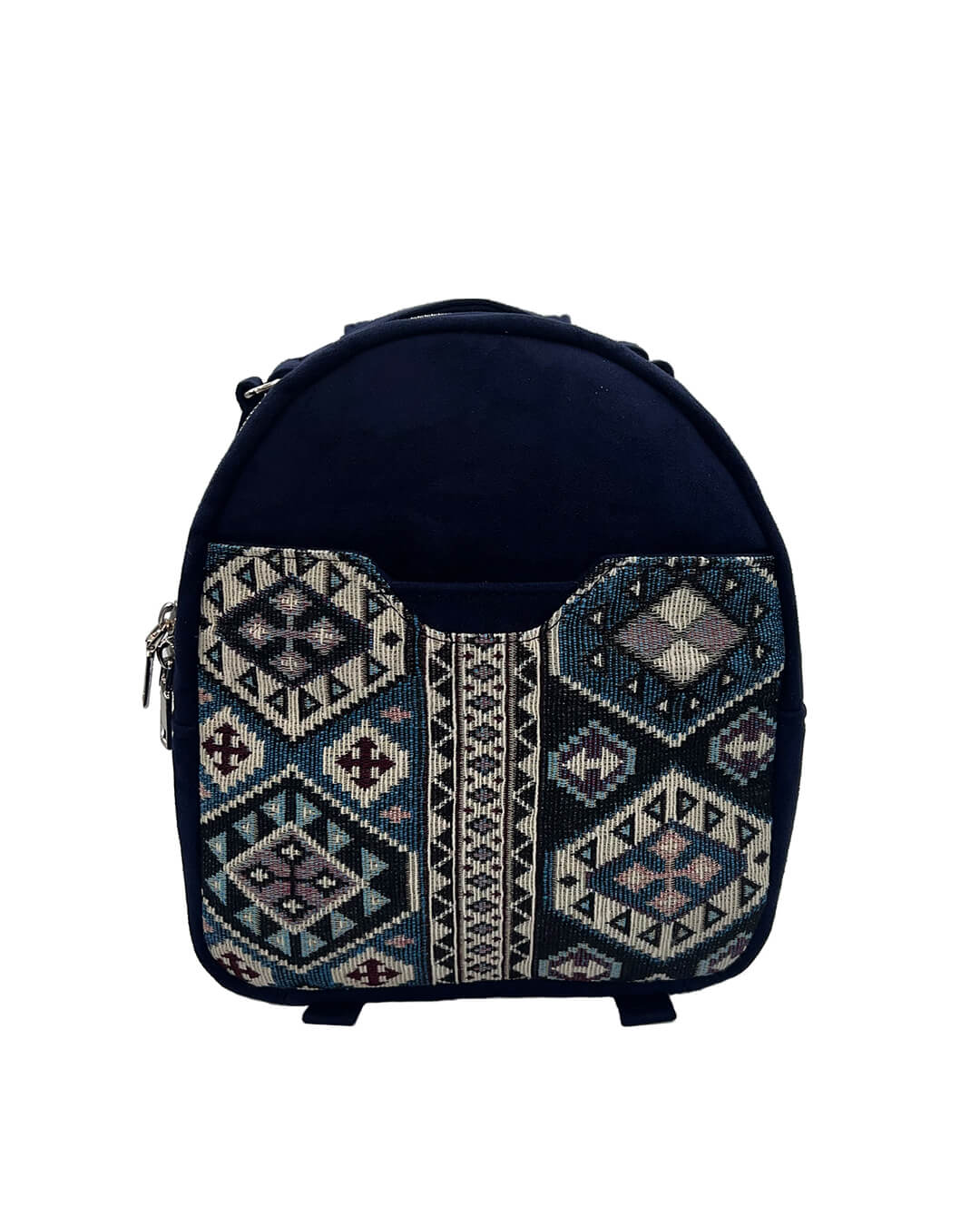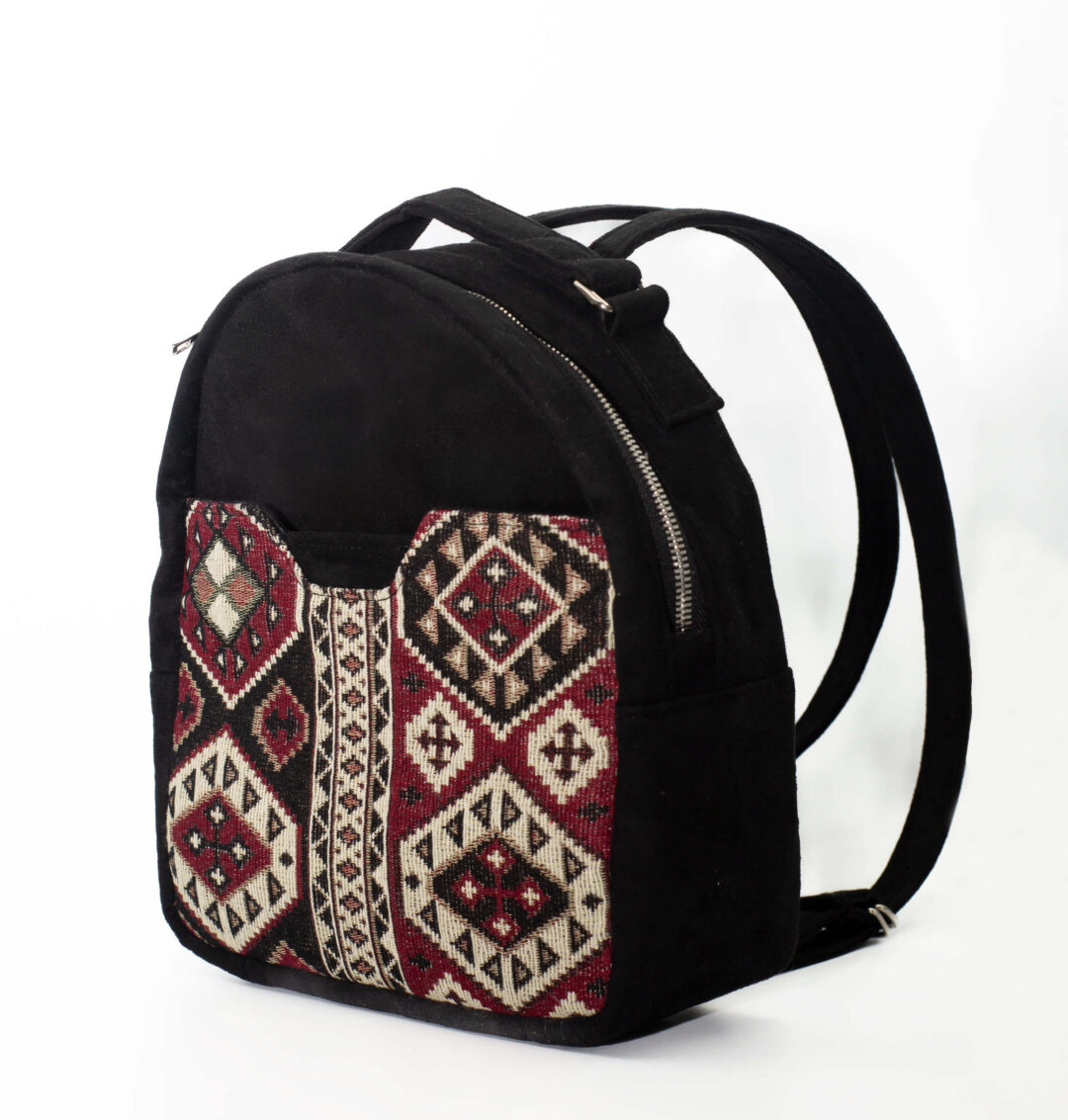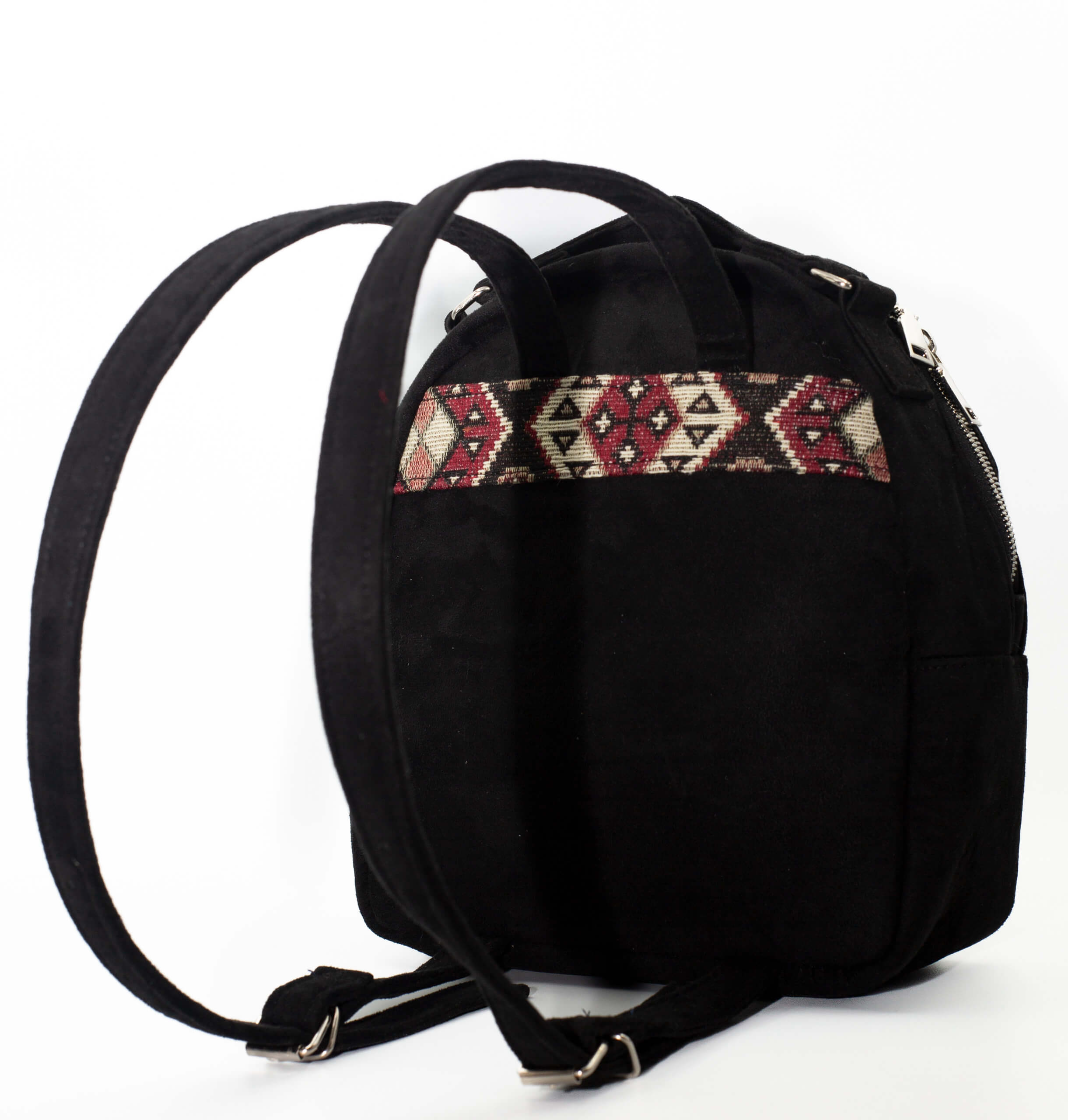- SHOP
-
-
SHA Picks
-
Home Decor
-
Bags
-
Pouches
-
Accessories
-
Toys
-
-
- CLOTH
- HOME DECOR
-
-
Table
-
Pillows
-
Blankets
-
-
-
-
- STORY
- ABOUT US
-
-
Brand
-
Partners
-
Career
-
-
-
-
- BLOG
-
-
Community
-
Media
-
-
-
-
-
-
- GIFT CARDS
-
-
Gift Cards
-
Exclusive
-
-
-
-
-
-
- SALE
-
-
Features
-
Selection
-
-
-
-
-

-

-

During the Soviet years, Leninakan (now Gyumri), was known as the “city of masters” and was the centre of Armenia’s textile industry. Set up in 1939, on the base of the existing Orphan City Textile Mill.
The Textile May Uprising Kombinat (named after a coup attempt by Armenian Bolsheviks that started in Gyumri on May 10, 1920) united a large spinning mill and a textile factory.



The perfect combination of cotton, ECO leather, and hand stitching makes each of our products not only durable but also beautiful and unique, as they are the result of the unity of Armenian Women.

There were 76,000 spindles in the spinning mill alone and 2,264 weaving machines in the textile factory. Workers managed several machines at the same time. Specialists from other parts of the USSR—mainly female spinners and weavers—also worked there.

As the Armenian Soviet Socialist Republic collapsed and the 2nd Republic of Armenia was born, the factories of this Soviet-era juggernaut were privatized. From 1991-1994, the kombinat’s chintz and textile workshops were still in operation but by the late 1990s, only a small spinning workshop survived.



